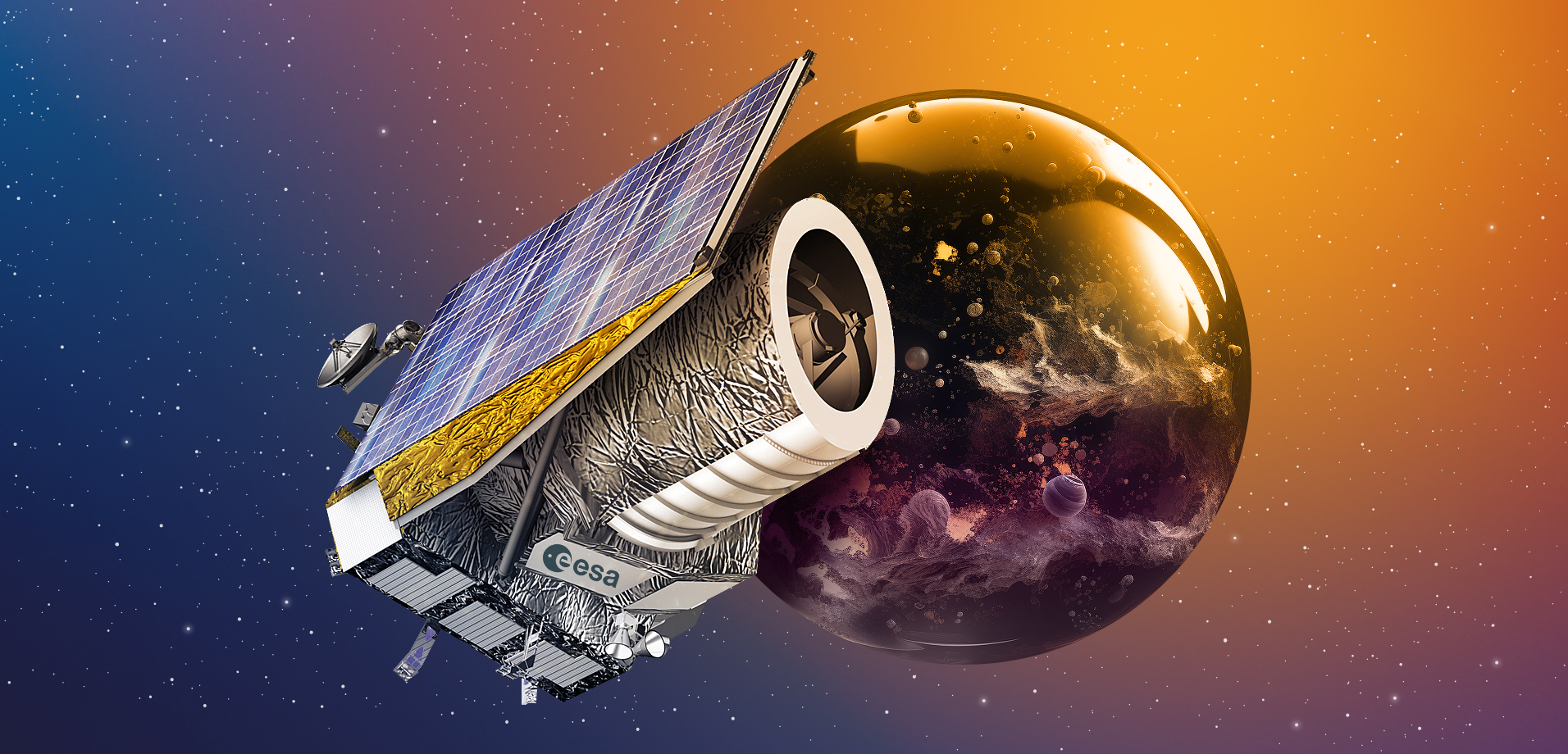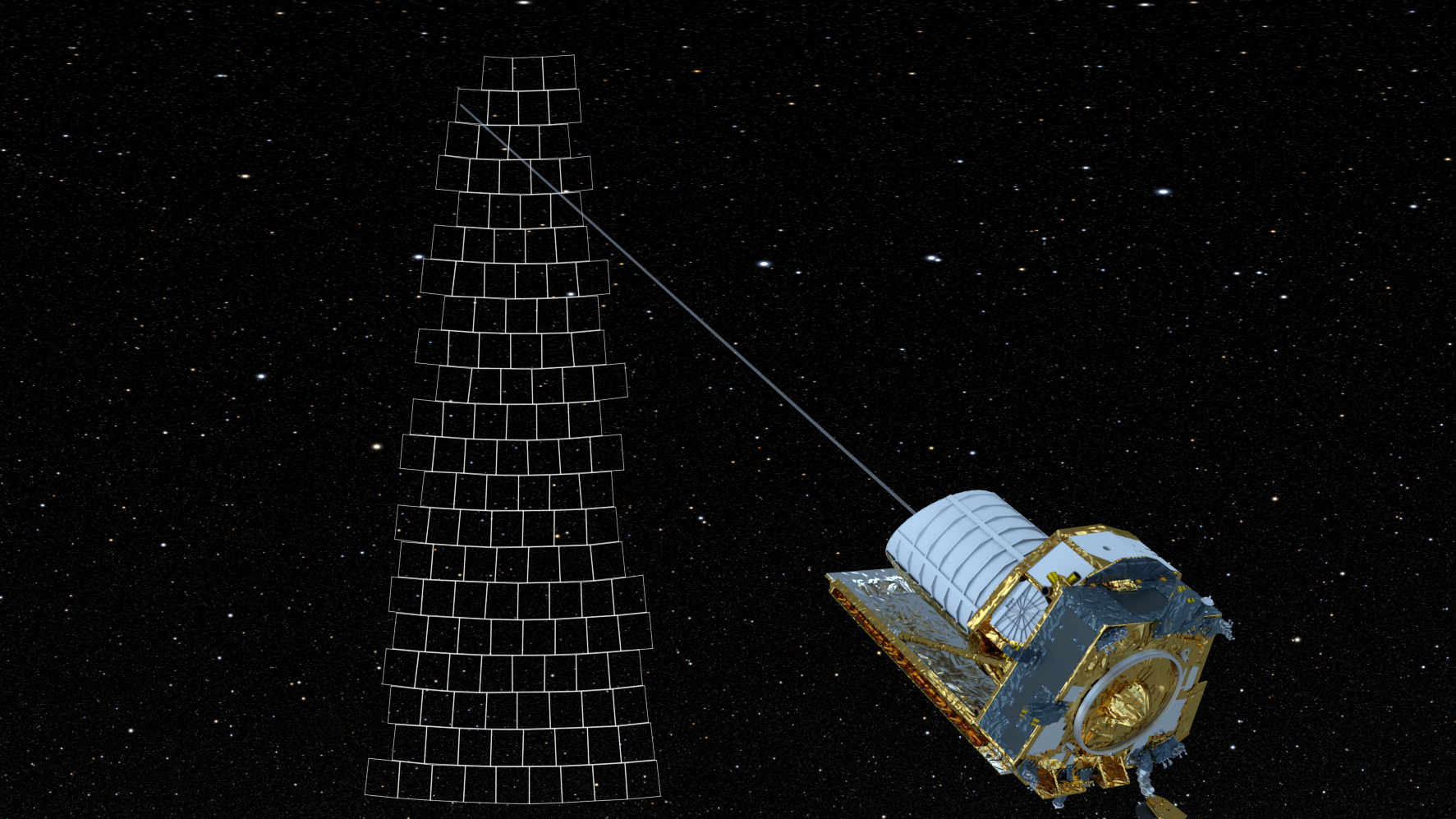When you get tired of cleaning the car from snow in winter, remember the engineers whose task is to clean the telescopes in space from ice. The European Space Agency’s (ESA) Euclid space telescope is currently undergoing a cleaning procedure from a layer of frozen water ice. The thickness of the cover is only a nanometer, but even such a layer prevents high-precision measurements of the telescope.

Ice on spacecraft is a common phenomenon, since a small amount of water condenses inside the telescope from the air during its assembly on Earth. When launched into space, this water is gradually released and freezes, forming a layer of ice. For most missions, such ice is not a problem. But in the case of Euclid, which studies dark matter and dark energy, it needs ultra-sensitive instruments for extremely accurate measurements. Therefore, ice complicates the task of the mission.
The task of clearing the ice is complicated by the fact that due to the sensitive instruments of the telescope, which must be constantly cooled, engineers cannot simply turn on the heaters to melt the ice. Another approach is needed.
To solve this problem, the team locates the ice and develops plans for the impact on measurements in the future if the ice continues to accumulate. They can experience various heating methods, such as gradually increasing the temperature of the entire spacecraft or more complex operations aimed only at certain parts of it.

“After we isolate the damaged area, we hope that in the future we can simply warm up this isolated part of the spacecraft if necessary. Our actions are very complex and subtle, but they can save time in the future,” explained Mischa Schirmer, calibration scientist at the Euclid consortium, who develops the ice removal plan.
Euclid was created for one purpose – to determine the nature of invisible dark matter and dark energy, a mysterious repulsive force that accelerates the expansion of the universe. These invisible forces, according to scientists, make up 95% of the known universe. For this, the telescope will create a 3D map of the universe, observing billions of galaxies up to 10 billion light-years away in more than a third of the sky.
Earlier, we reported on how the researcher of the dark universe sent the first pictures.
According to space.com
Follow us on Twitter to get the most interesting space news in time
https://twitter.comne/ust_magazine


